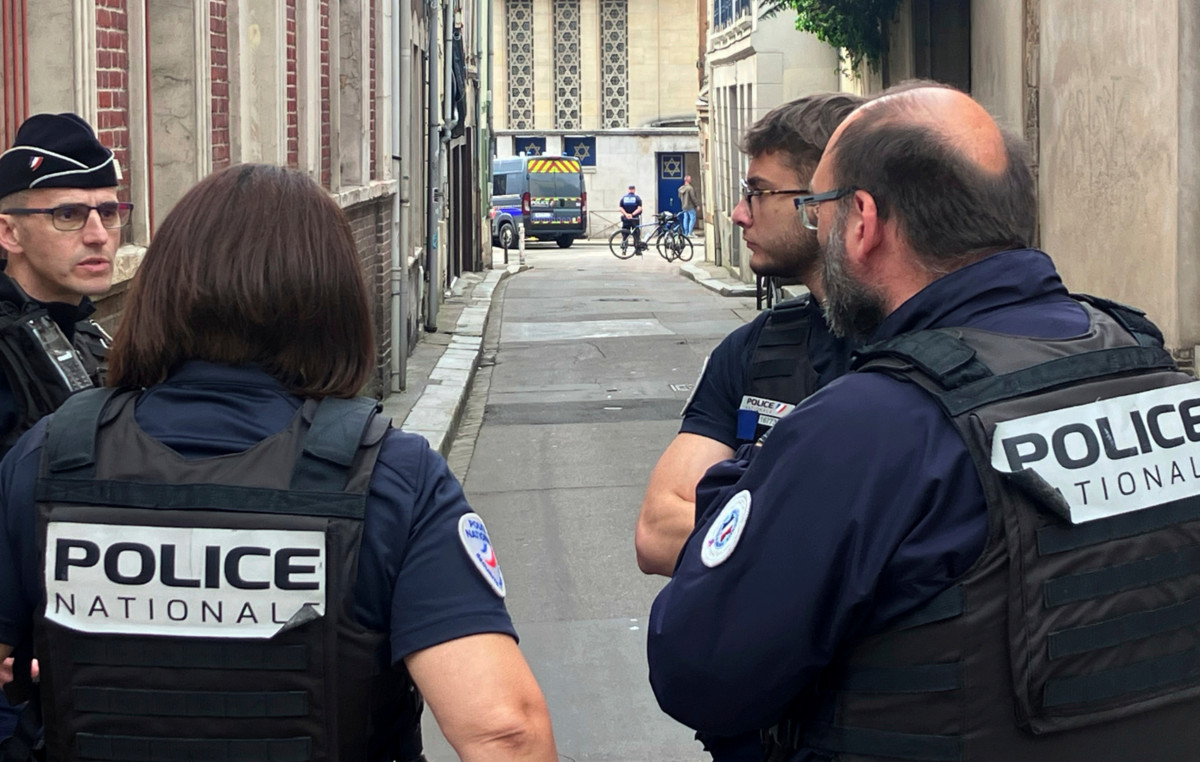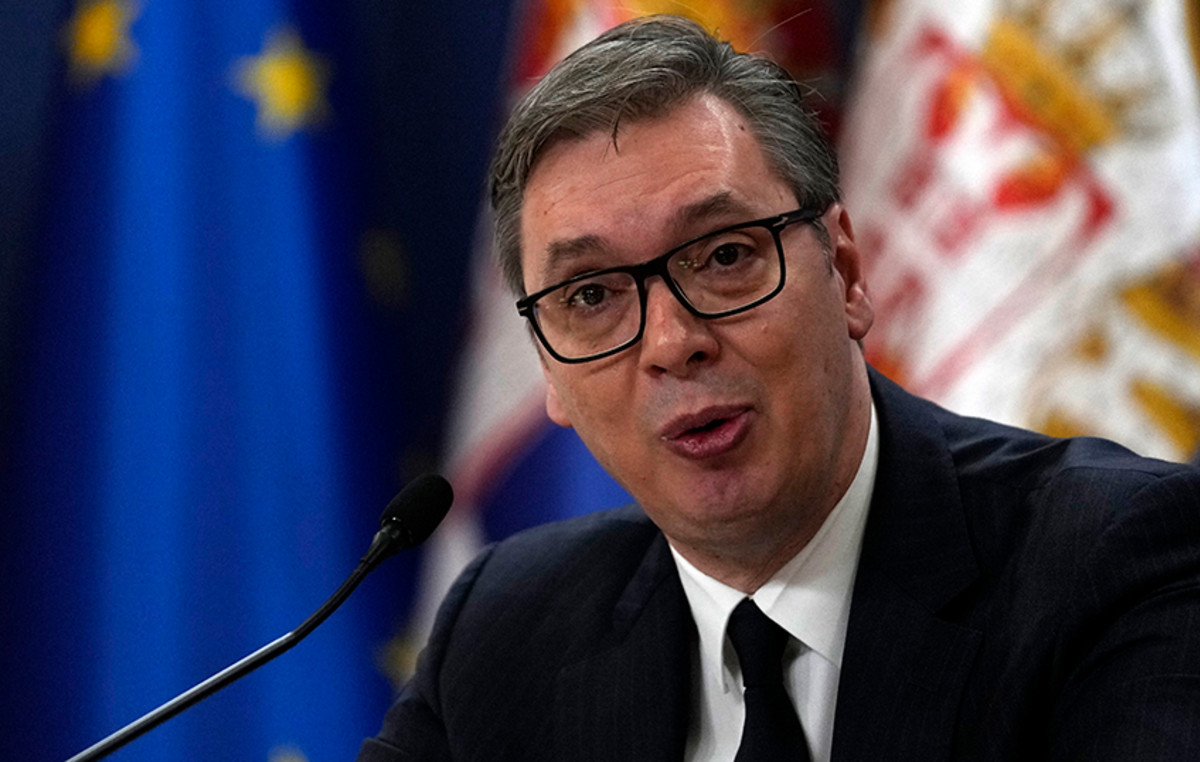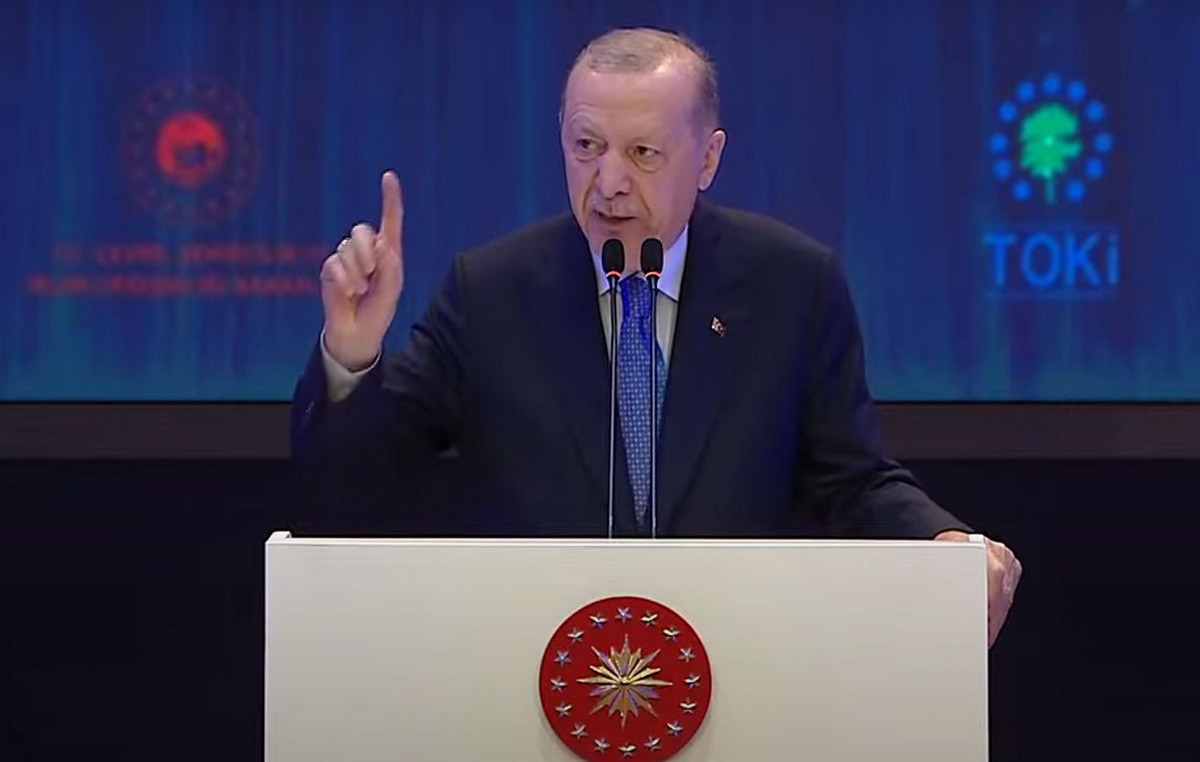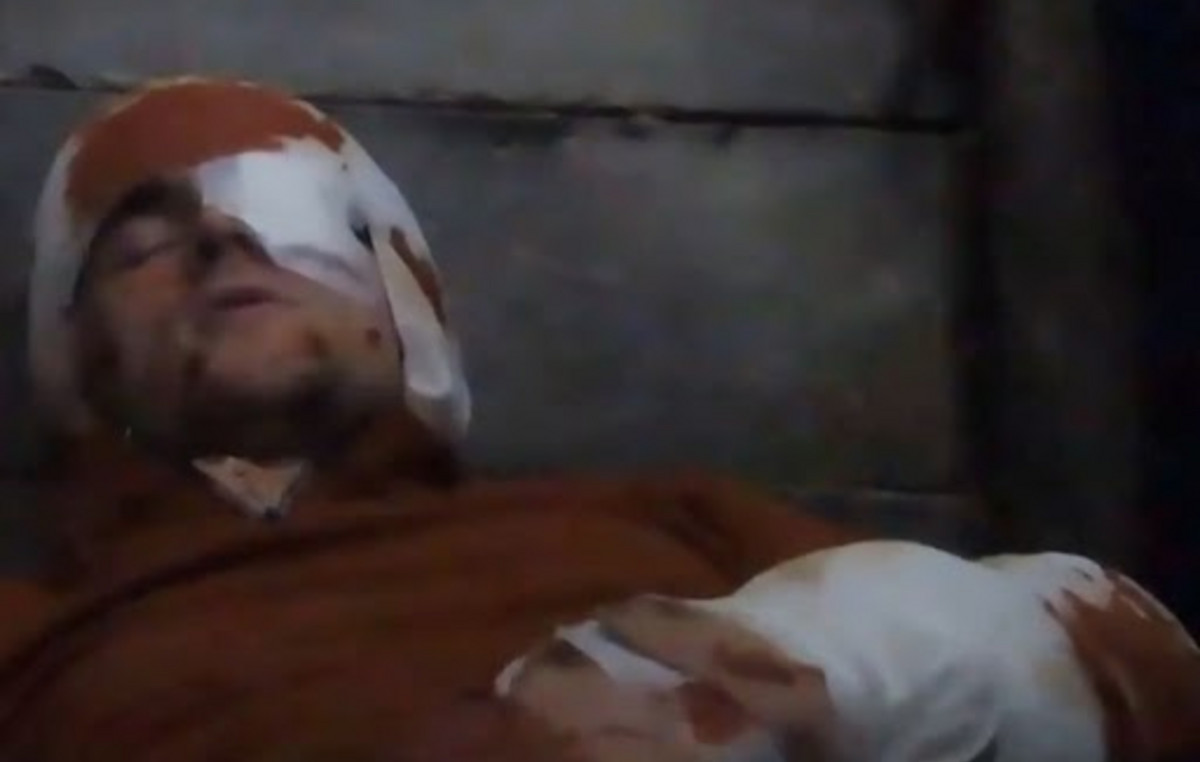As AI-generated images began to infiltrate art and photography competitions over the past two years, sometimes fooling judges and provoking anxiety and anger among artists, photographer Miles Astray decided it was time to turn things around. tide. In an AI category in the 1839 Awards Color Photography Contest, Astray performed an act of feathered subterfuge, inserting a real photo of a flamingo he took in Aruba.
Like AI images, which can show characteristic signs of irregular anatomy, such as too many teeth or fingers, the flamingo appeared headless as it bent its neck to scratch itself with its beak. To Astray’s surprise, he won third place in the category — and the People’s Vote award.
“Seeing my photo being shortlisted by the jury was a surprise as it is always a lottery in such a big competition. There are so many great photos competing,” Astray told CNN by email. “After I was shortlisted… I thought I actually had a chance and started campaigning for people’s votes, but I had no idea how far or close I was to winning until the announcement.”
After the winners were revealed, the photographer notified the organization that runs the 1839 Awards, Creative Resource Collective, and took to social media to reveal his cheating.
“I entered this real photo in the AI category of the 1839 Awards to prove that man-made content has not lost its relevance, that Mother Nature and her human interpreters can still beat the machine, and that creativity and emotion are more than just a sequence of digits,” wrote Astray. “There were ethical concerns, of course, so I would hope that the jury and the public would find that this provocation of AI and its ethical implications outweigh the ethical implications of deceiving the viewer, which, of course, is ironic because that’s what AI does .”
Astray was subsequently disqualified from the competition, with Creative Resource Collective director Lily Fierman explaining in a statement to CNN that “each category has distinct criteria that entrants’ images must meet… we don’t want to deny other artists their chance to win in the AI category.”
Fierman said there are “no hard feelings” and that his team plans to work with Astray to publish a discussion on the state of AI-generated imagery, using his submission as a “starting point.” “We hope this raises awareness (and sends a message of hope) to other photographers who are concerned about AI,” she added.
Creative Resource Collective has not commented on how its AI and non-AI photography categories are judged and scrutinized. As for the flamingo, Astray emphasized that it was a fortuitous moment, not one he sought out.
“I wasn’t actively looking for a photo that would work for this stunt,” he explained to CNN . “Instead, the idea was wandering around in some remote corner of my mind, more subconsciously than consciously, I think, and when I saw this photo, it came to me. It’s just the perfect photo for it because the scene is so unreal and for such a simple and natural reason: a flamingo scratching its belly.”
Source: CNN Brasil
Charles Grill is a tech-savvy writer with over 3 years of experience in the field. He writes on a variety of technology-related topics and has a strong focus on the latest advancements in the industry. He is connected with several online news websites and is currently contributing to a technology-focused platform.







